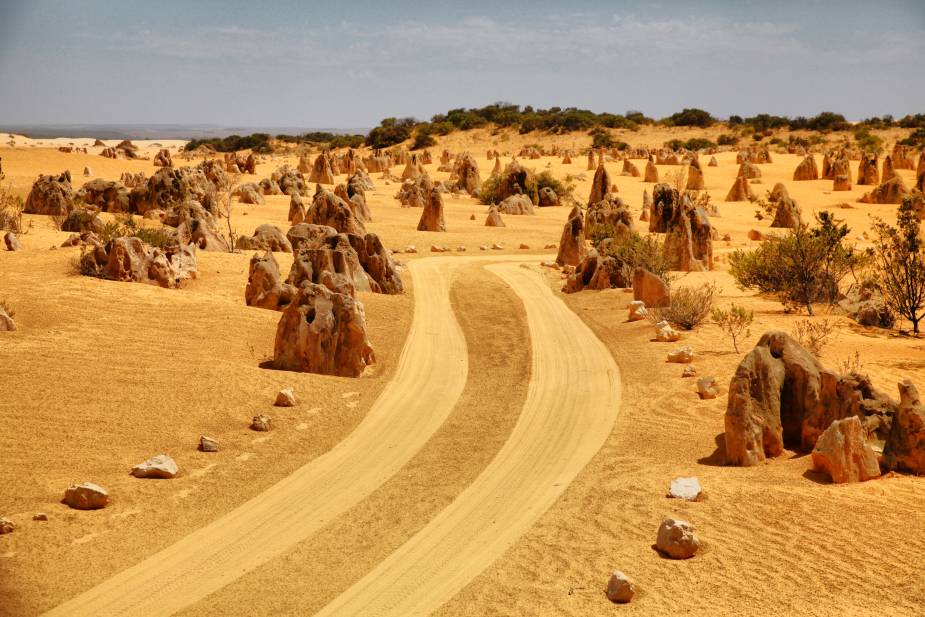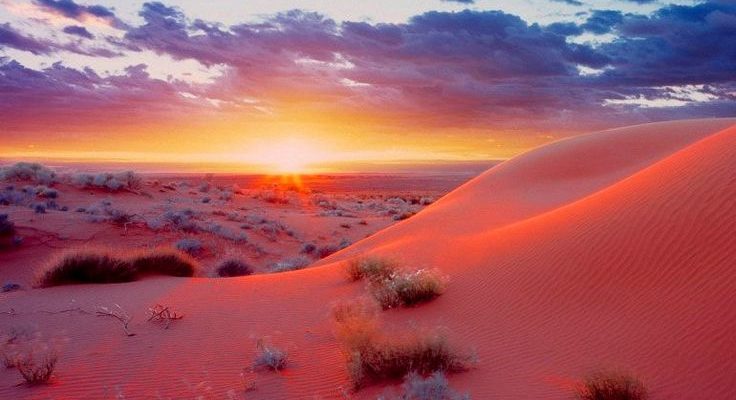Let’s take a closer look at some of the most interesting facts about the Great Sandy Desert, one of the most desolate places on the planet.
The desert is home to one of the largest mines in Australia
You will hardly find people in this unforgiving landscape, let alone people who actually live here. Regardless of this, there’s plenty of action going on in some places. The Great Sandy Desert is home to some of the largest mines in Australia. This includes gold, uranium, copper, and iron mines. The Telfer Gold Mine and Nifty Copper Mine are some of the largest in the country. Other important mines are the Mount Whaleback Iron Mine and the Kintyre uranium deposit.
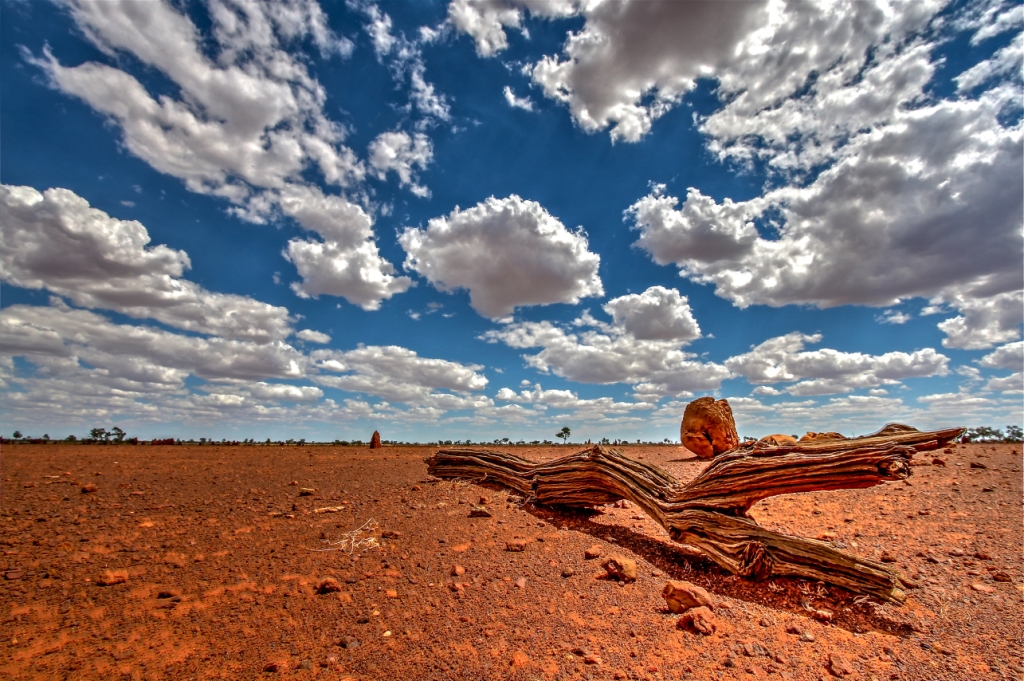
It’s located in the northeastern part of Western Australia
The Great Sandy Desert is a big arid area that is located in Western Australia. Although it covers large areas of the eastern part of Western Australia, it runs all the way through to the coastline. The Pilbara, another large arid area, region borders it to the south and it also reaches the Kimberley region in the utmost northern part of Western Australia. The desert is so big that it runs from the Indian Ocean right to the Northern Territory of Australia, the region that covers the entire central part of northern Australia.
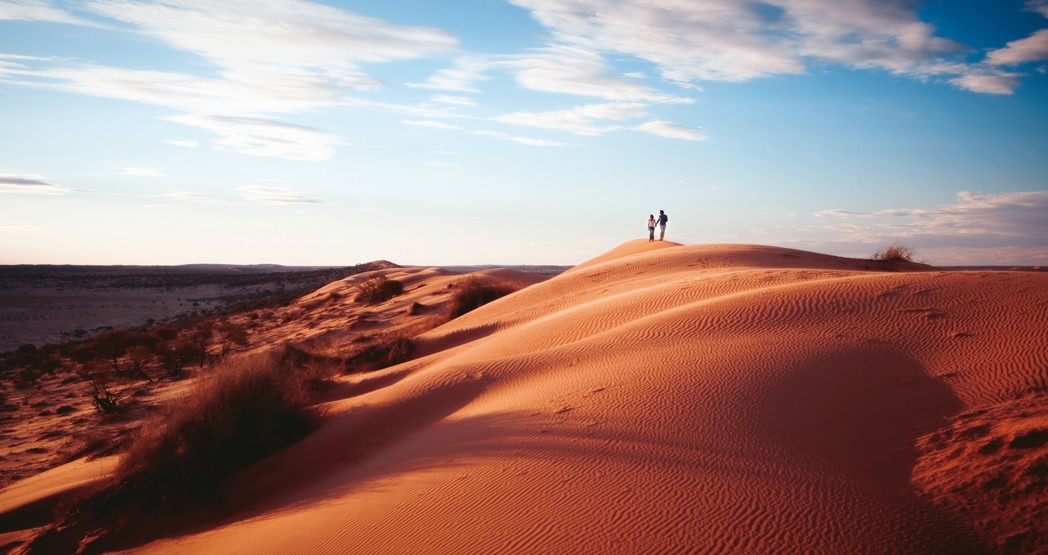
There’s a reason why this desert experiences relatively high rainfall
Perhaps you already figured out why this very hot desert receives a lot more rainfall than some other deserts in the world. That’s because the extreme temperatures create a strong evaporation cycle which results in heavy rainfall for several weeks every year. Tropical cyclones and monsoon rainfall are common in this region. These skyrocket the average annual rainfall, even though this only happens between 20 and 30 days every year.
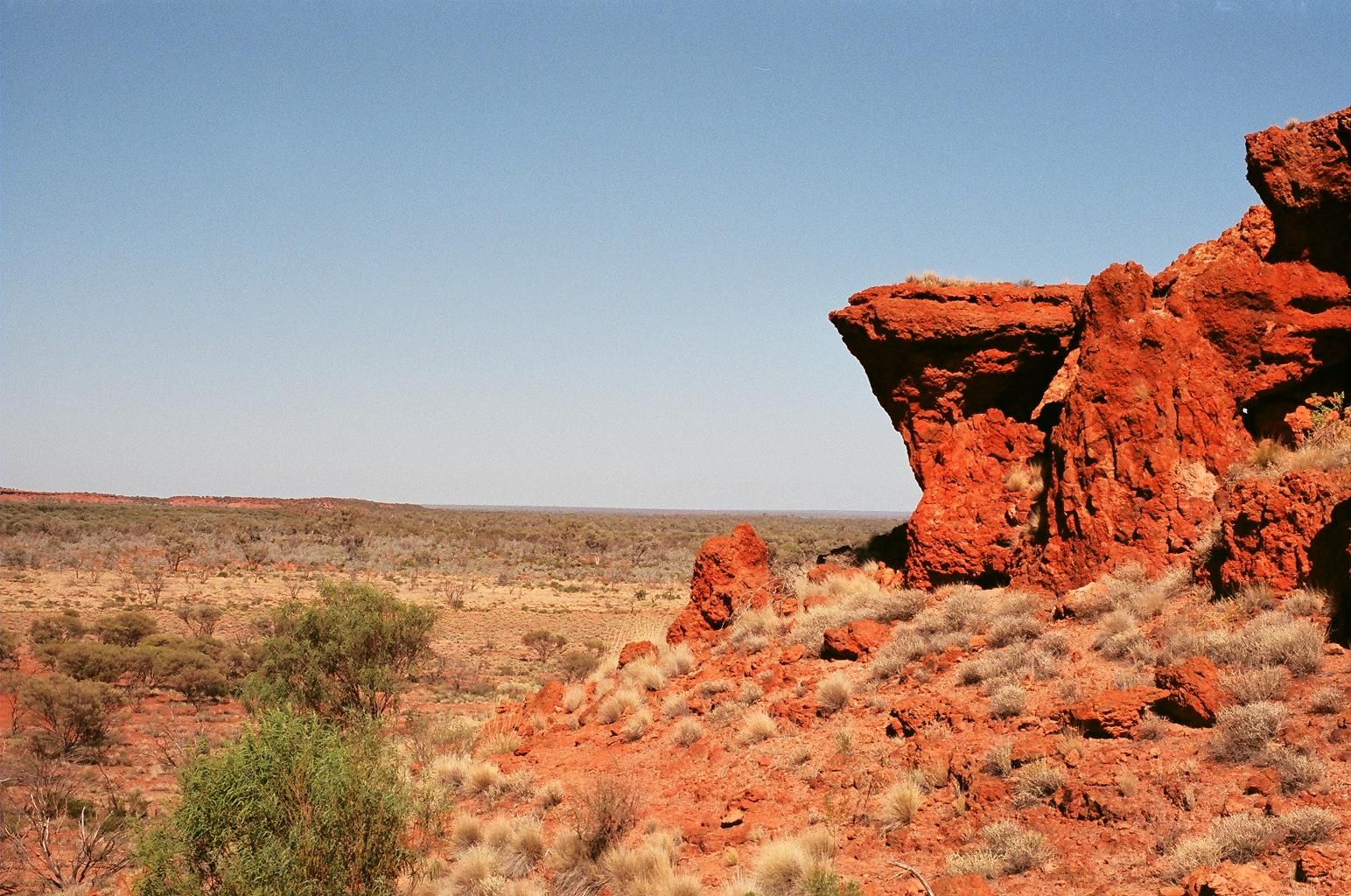
You will hardly a hotter place in Australia than in this desert
The temperature in this place can be excruciating. Many places in Australia are hot during the Summer months, but very few compare to those in the Great Sandy Desert. The average temperature during the Winter months is between 25 and 30 °C (77 and 86 °F). During the Summer months, these can rise to between 38 and 42 °C (100 and 108 °F). The best months are the Winter months June, July, and August. After this short Winter break, the agonizing heat continues for 9 months once again.
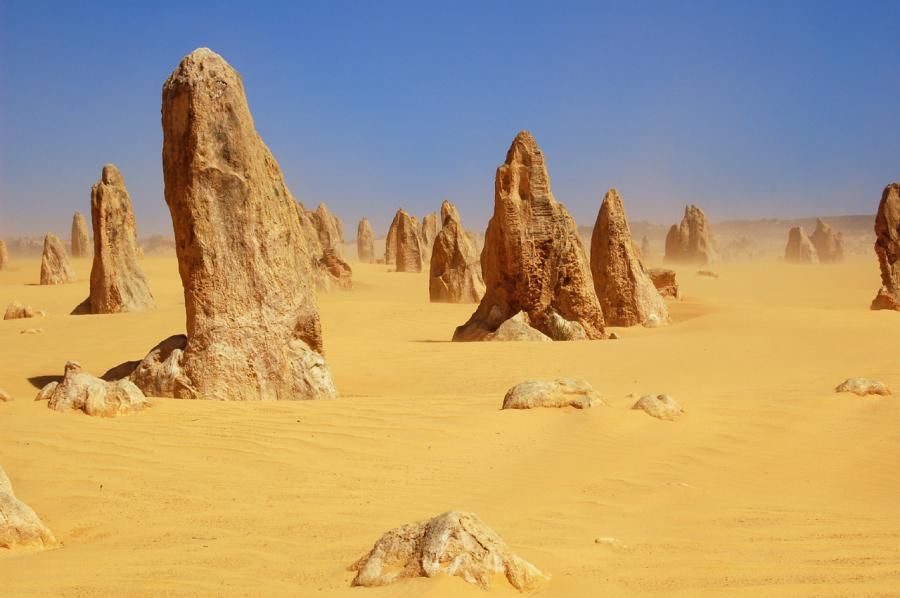
The Great Sandy Desert is the second-largest desert in Australia
The map below allows you to see just how vast this desert really is. It borders some beach towns in Western Australia and extends right into the Northern Territory, hundreds of kilometers to the east. The Great Sandy Desert covers an area of 284,993 square kilometers (110,036 square miles), making it the second-largest desert in Australia. Only the Great Victoria Desert, one of the largest deserts in the world, is significantly larger as it covers an area of 422,466 square kilometers (163,115 square miles).
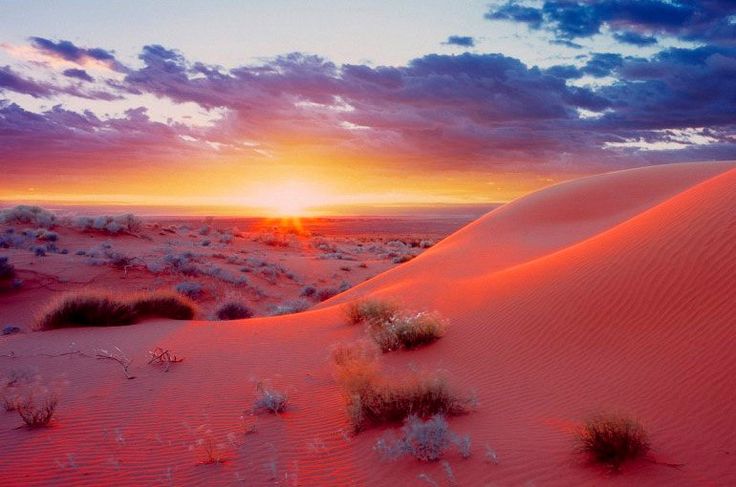
This arid region is inhabited by a wide range of desert animals
Just like the desert’s flora, its fauna is only inhabited by desert animals that are adapted to living in extremely arid regions. Common animals inside the Great Sandy Desert are feral camels, dingoes, and goannas. Other animals that can be found here are bilbies, mulgara, marsupial moles, rufous hare-wallabies, thorny devils, bearded dragons, and red kangaroos.
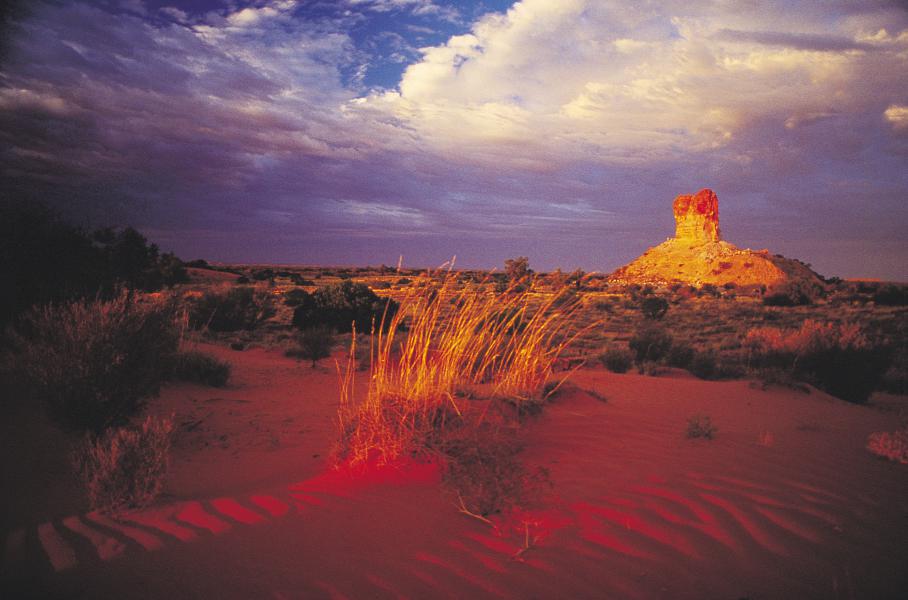
The desert is best known for its massive dunes
The main reason why these areas aren’t classified as a single desert is that they feature distinctive characteristics. In the case of the Great Sandy Desert, this reflects in large dunes also known as ergs. These linear dunes extend all across vast parts of the desert. Ergs are formed because of wind that sweeps up the sand to form extremely long dunes. This phenomenon can be seen clearly in images taken from space such as the one below.
